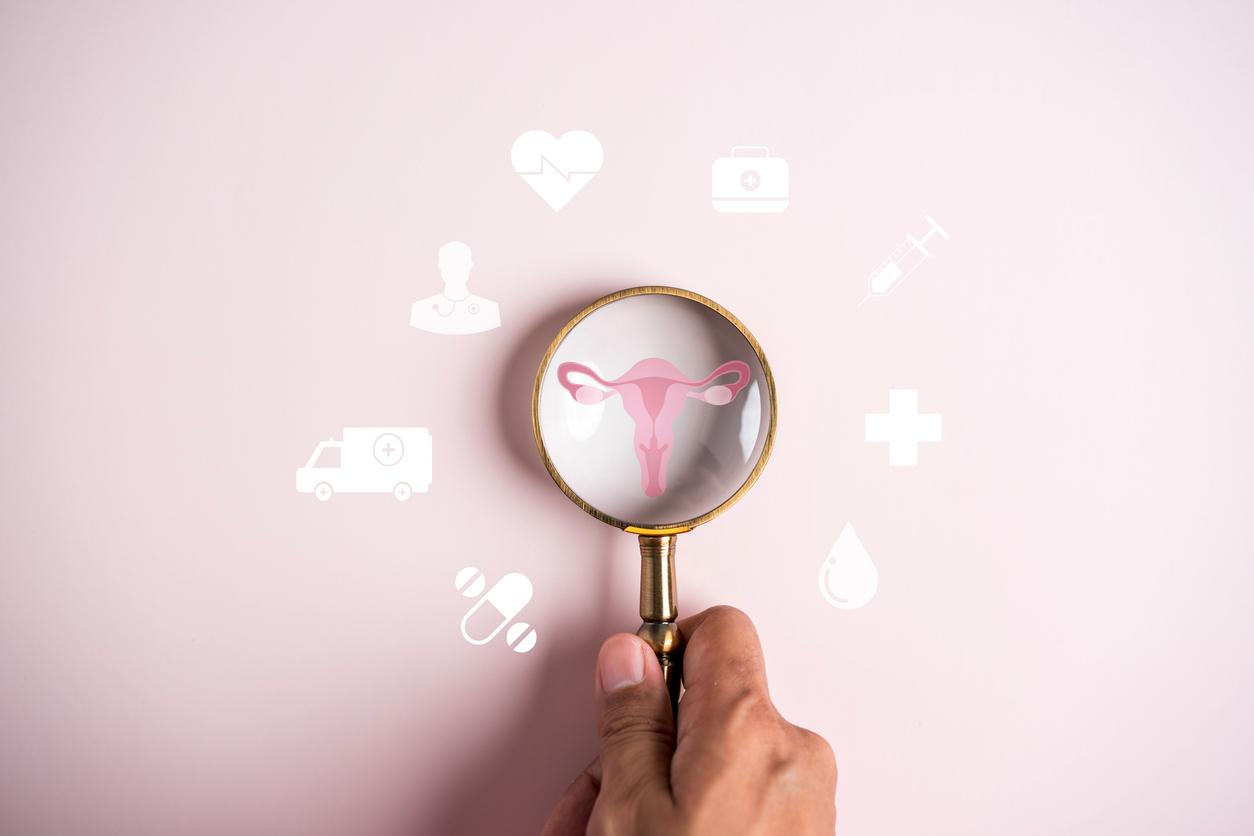“Cardiovascular disease mortality in women has not improved in recent years, and remains the leading cause of female death in all European countries, where one in three women dies from cardiovascular disease.” warns the French Federation of Cardiology. How can this alarming finding be explained? The Heart Alliance, the French Federation of Cardiology and the Cardiovascular Research Foundation return to this report on the occasion of the third edition of Heart Day, this 14 February 2016.
Atypical female symptoms
In our minds, the harbingers of a heart attack or stroke (stroke) are well known (chest pain radiating to the left arm, shortness of breath, etc.) and mainly affect older, overweight men. Stop misconceptions! To combat these prejudices, the director Maïwenn had also posted a short video last December depicting a man and a woman, dancing together until the breathlessness and even until the collapse… of the woman. Because these symptoms are not systematic, and with 54% of female deaths (according to the French Federation of Cardiology), the mortality linked to a heart diseaseis actually higher in women than in men. And this lack of knowledge has serious consequences. “Women suffer from an information defect rather than a follow-up deficiency, as female symptoms are atypical, making diagnosis difficult” explains Philippe Thebault, president of the Alliance du Coeur. “There are three warning signs of a heart attack in women, for which a consultation with a specialist is essential:
– A feeling of malaise, fatigue, and badly explained sweats
– Abnormal shortness of breath when the respiratory and pulmonary assessment is good
– Gastric pain that persists despite taking antacids and nausea or vomiting that cannot be treated.“explains Philippe Thebault.
And this regardless of the age of the patient. Because in 20 years, the proportion of young women, that is to say under 50, victims of a heart attack has increased from 4 to 11% (according to the French Federation of Cardiology). During the consultation, the cardiologist can then carry out an investigation, for example with stress tests, to find appropriate treatments and care.
Hormones, tobacco, obesity: risk factors specific to women
But why such a prevalence of cardiovascular diseases in women? Because their way of life has evolved in recent decades, and with it have emerged new specifically female risk factors.
First of all, “between 2005 and 2010, the number of women who quit smoking decreased. However, among these women who continue to smoke, tobacco-related diseases increase, with greater risks of hypertension which also intensify with age, especially at the time of menopause.” unveils Philippe Thebault. “This problem should therefore be tackled by dual gynecological and cardiological follow-up. If the gynecologist has any doubts, he should advise his patient to see a cardiologist. But unfortunately, doubt does not arise often enough“ continues the president of the Alliance of the heart.
In addition, a woman’s gynecological and hormonal life has three major episodes that can influence her cardiovascular health. First, taking a contraceptive estrogen-progestogen, such as the pillcan increase the cardiovascular risks, in particular when it is associated with tobaccoespecially after 35 years.
Second, the pregnancyis a period when the woman can declare a hypertensiona proven risk factor in cardiovascular disease.
Finally, the peri-menopausewhich can last about ten years, must be subject to increased cardiological monitoring: “during menopause, the risk of morbidity is essentially cardiovascular. Does hormone treatment for menopause protect or not, prevent or not, is it dangerous or not? These are the questions that are often asked” raises the White Paper of the French Federation of Cardiology, which therefore recommends close collaboration between gynecologist and cardiologist.
Finally, since the early 2000s, the prevalence of overweight and obesityamong French women has increased, concerning them at 15.7%, against 14.3% of their male compatriots (Obepi study 2012). Gold, “abdominal obesity is most often associated with cholesterol, diabetes, high blood pressure and is a significant cardiovascular risk in women“, recalls the French Federation of Cardiology.
Improving cardiology research on women
To better understand the female specificities of cardiovascular diseases, there is only one solution: to take them into account in medical research. Indeed, there is still too much “inequality in the treatment of men and women with, in particular, the non-respect of parity in terms of clinical research, repeatedly pointed out in numerous scientific works” deplores the Heart Alliance. In the long term, representative studies would make it possible to improve prevention but also to develop tools for female care and differentiated treatments. Parity is therefore also at stake in the field of cardiology .
|
The heart of women in numbers
|
Sources:
- Meeting with thealliance of the heart (January 13, 2016) and interview with Philippe Thebault, its president
- White Book of the French Federation of Cardiology (2014)
- Press kit “Women’s heart health: an emergency!”, French Federation of Cardiology, December 2015
- Website of the Cardiovascular Research Foundation
>> To read also:
Broken Heart Syndrome: A Fairly Common Fatal Illness
Which contraception for women at cardiovascular risk?
Energy drinks: 2 cans and the heart races
Unusual: the younger you are, the more fragile your heart
















